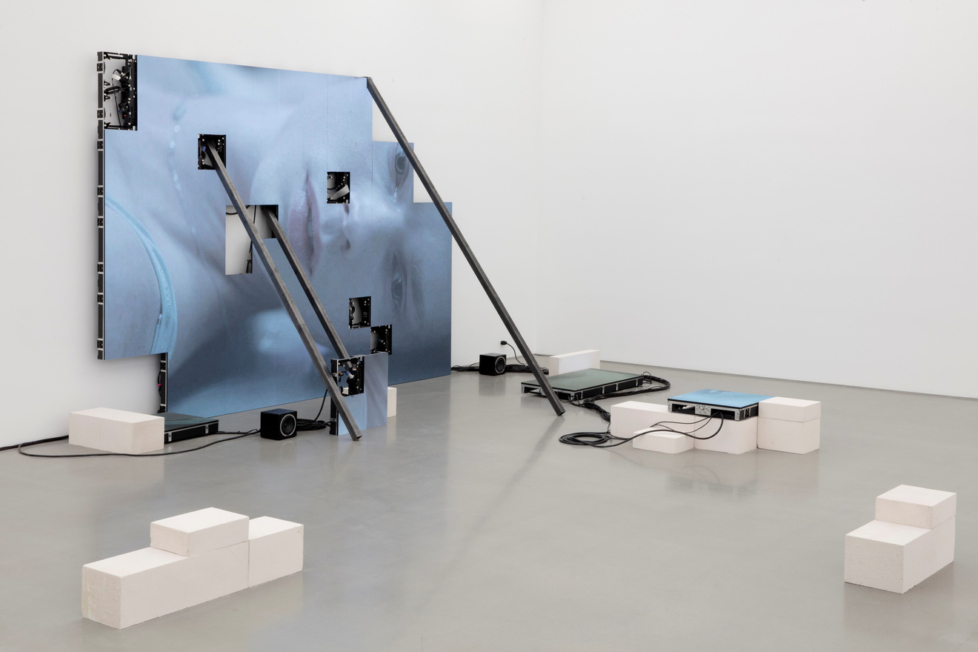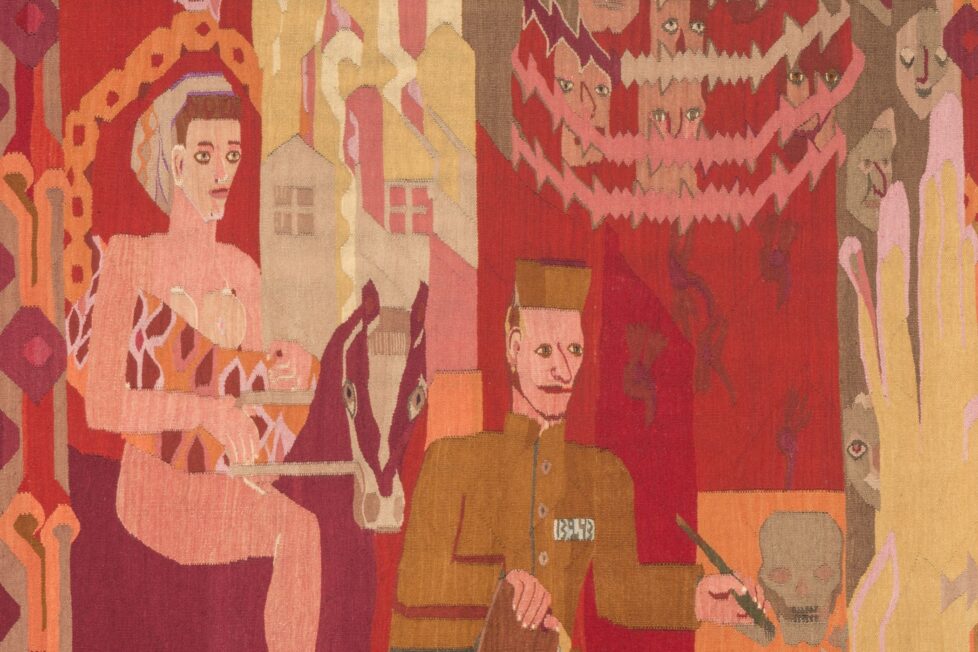
After more than a year of renovations, Kiasma will open its doors again in April. The refurbished museum will be inaugurated with the major international exhibition ARS22. This showcase of “the latest trends in contemporary art” is usually held every five years and has in its past two incarnations focused on Africa (ARS11) and technology and post-internet art (ARS17). This time the theme isn’t as clearly defined and so far the advance information has been vague. But a new feature is the inclusion of so-called “key works” from previous decades. The artists in question have already been firmly canonised, such as Marina Abramović & Ulay, Francis Bacon, and David Wojnarowicz. What they will be able to contribute remains to be seen, but it is clear that the interest in ARS has grown as a consequence of the pandemic’s stunting effect on cultural life during the past two years.
Among all the group exhibitions this spring, Subterranean at Amos Rex appears to be offering the most original concept. The show takes its inspiration from the museum’s architecture and features hundreds of historical artworks, such as etchings by Piranesi (1720–1778), as well as contemporary works by promising young artists such as Helsinki-based Roma Auskalnyte. The exhibition will be on view in the subterranean galleries from 30 March. Points also go to Tampere Art Museum, which has put together the exhibition Illuusio, which I believe is the first group exhibition of interactive works by Finnish artists.

Ateneum will also be focusing on Finnish artists; its main exhibition, The Modern Woman opens 10 February. This is yet another effort to highlight women in art history, this time twelve female modernists. The museum will also be offering up something entirely new: a visual dialogue between the photographers Elina Brotherus and Hannele Rantala. They have given each other different assignments and partly worked with images by forgotten female photographers in the archives of the Finnish Museum of Photography and the Society of Swedish Literature in Finland.
The Finnish Museum of Photography itself will also be focusing on historical images with the exhibition Pictorialism – the Dawn of Photographic Art, opening 28 January and accompanied by a text-heavy catalogue published by Parvis. As a contrast to the romantic sepia tones of Pictorialism, the museum’s concurrent group exhibition Impression Remains will only include new works by contemporary artists working with analogue methods. Instead of perfect silver gelatin copies, this show will feature experimental photographic works, such as Máté Dobokay’s installation Ag (2019), which consists of discarded silver from the development of black-and-white film.
A few metro stations from the Cable Factory, the museum’s mothership, is its relatively new space K1. The South African photographer Zanele Muholi’s ZAZISE opens there on 4 February, coinciding with Senegalese photographer Omar Victor Diop’s solo exhibition at Turku Art Museum, which opens the week before. Like Muholi, Diop works with photographic self-portraits in his quest to reshape how Black people are represented in art. Whereas Muholi portrays themself in black and white and with brutal contrast, Diop’s work is pompously glossy and decorative; masterfully lit, his studio portraits reveal that accurate reproduction of dark skin tones is both a matter of technical skill and a political stance. In addition to Helsinki and Turku, pronounced activism also reaches Espoo: from 10 May, Espoo Museum of Modern Art will present the Danish-Trinidadian artist Jeannette Ehlers’s video work Black Bullets (2012), inspired by the Haitian Revolution of 1791.

Outside the big institutions, the young generation is responsible for this spring’s most interesting exhibitions. At Huuto in Helsinki, Eevi Rutanen’s exhibition Fuzzy Logic will be on view from 3 March. She works with dissonance, combining coding, mathematics, and technology with “girly” aesthetics. In Turku, the excellent artist-run gallery Titanik is always worth a visit, and in this spring’s programme I am especially looking forward to a collaboration between Shia Conlon and Minjee Hwang Kim in which dreams and death are examined from a queer and trans perspective and an East Asian feminist perspective.
Larger spaces are also choosing to showcase newer names: Galerie Forsblom will show the paintings of the hyped artists Eeva Peura and Kerttu Saali in the gallery’s so-called studio space from 11 February and 11 March, respectively. A few blocks south, the gallery Sinne will also be showing painting: Jonas Karén’s first real solo exhibition after graduating in 2018 from Konstfack in Stockholm. The laconically titled autofictional exhibition Allting luktar cigg(Everything smells of cigarettes) opens on 4 March and is about the death of the artist’s mother.
And last but not least: What would a spring be without surprises? In February, the winner of the Ars Fennica 2021 award will be announced following deliberations by one judge, Hans-Ulrich Obrist. Until 3 April, audiences can get to know the finalists at the Hämeenlinna Art Museum. Aptly, the spring will conclude in a surprisingly funny way. The Finnish Sculptors’ Association’s gallery Sculptor will be taken over in May by Helinä Hukkataival’s performance When I Look At You, Do I See Myself? in which visitors are individually invited to sit opposite the 80-year-old artist. What distinguishes this work from Marina Abramović’s performance The Artist Is Present, one may ask. The absurd answer is: Only that participants get Hukkataival’s face projected on their own. “I’ll be your mirror,” Nico sang without knowing how right she would be. Or, to quote the Finnish-Swede poet Jarl Hemmer (1893–1944), “everything is a reflection, and the reflection is everything.”




















